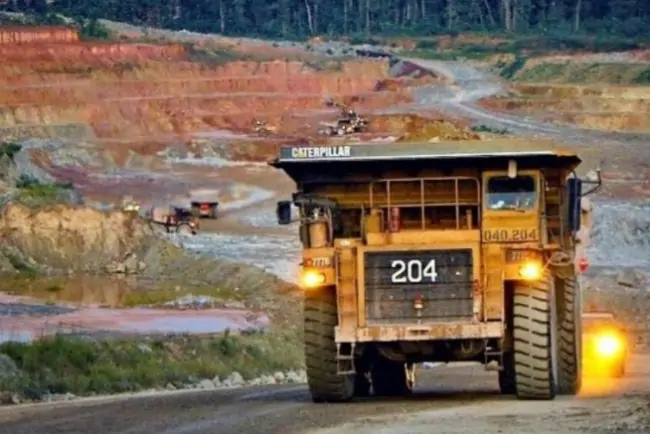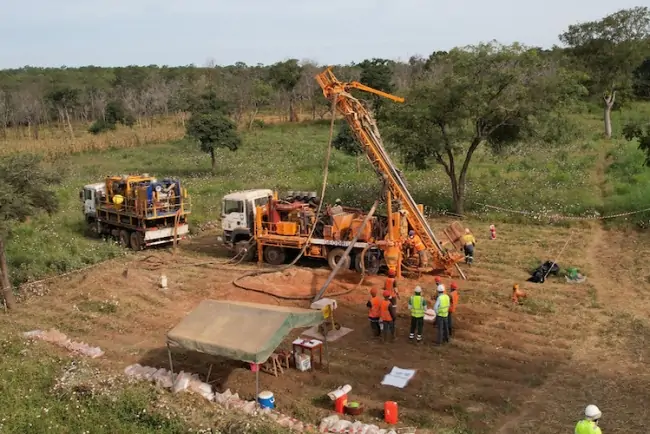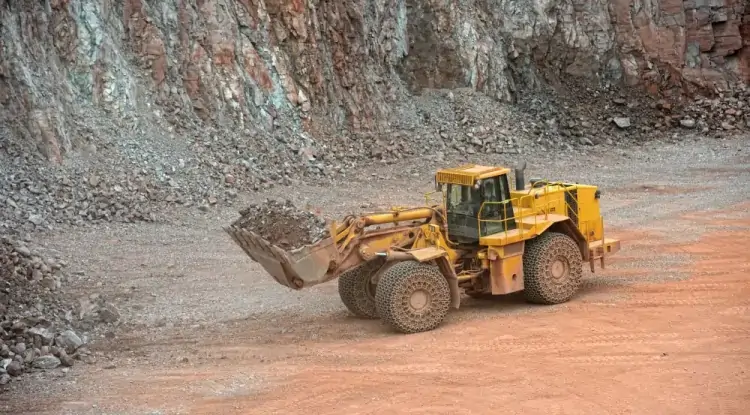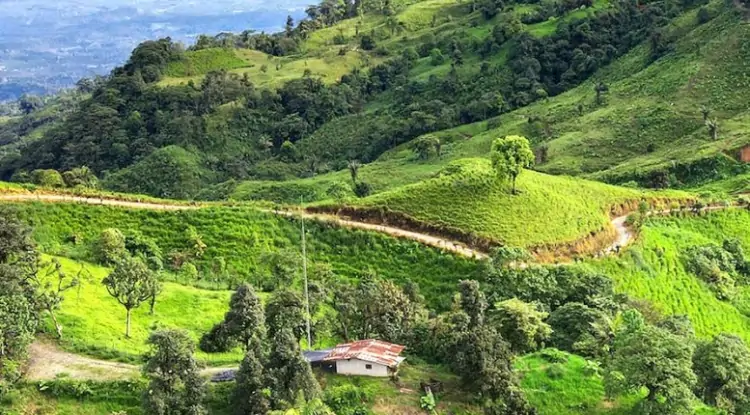Idaho gold rush: These 3 companies work towards near-term production
A 21st-century gold rush is unfolding in Idaho — a state that, historically, has been overshadowed by its U.S. northwest neighbours’ rich mining legacies. Now emerging as an epicentre for precious metal exploration, the state is attracting investment for its geology, project permitting regime, which could unleash a potential economic boom.


Three mining companies — Integra Resources (TSXV: ITR), Perpetua Resources (TSX: PPTA; NASDAQ: PPTA), and Revival Gold (TSXV: RVG) – that The Northern Miner caught up with at the Precious Metals Summit in September are gaining momentum toward achieving near-term commercial production.
Integra’s DeLamar
Integra Resources holds the flagship DeLamar gold project in southwestern Idaho, alongside the preliminary economic assessment-stage (PEA) Wildcat and Mountain View projects in western Nevada. Integra Resources CEO Jason Kosec said its merger earlier this year with Millennial Precious Metals and an ensuing US$35 million financing has been transformational for the company, giving it a larger scale.
With a market capitalization of US$65 million and about US$23 million in cash reserves, Integra is in a solid financial position. “This strategic move has catapulted Integra into owning one of the Great Basin’s largest gold and silver resource endowments not under major mining company control,” Kosec said.
Integra is working towards completing two feasibility studies, targeting 2024 for the DeLamar project and 2025 for the Wildcat and Mountain View projects. By 2026, Integra aims to secure permits that would pave the way to construction and full-scale operations.
A much-anticipated resource update for the DeLamar project could enhance the existing pre-feasibility study, currently estimating an after-tax net present value (8% discount) of US$314 million and a 33% internal rate of return.
The company is awaiting new exploration permits in Nevada that could expand the Wildcat and Mountain View projects’ footprints to 3.2 sq. km from the current 0.02 sq. km. This move is expected to fast-track resource exploration, potentially opening avenues for substantial growth.
According to Kosec, the average annual production of Wildcat and Mountain View plus DeLamar, on a combined basis, is expected to exceed 200,000 oz. gold equivalent, representing one of the largest heap-leach production profiles among precious metal developers in the Great Basin area.
A 2022 prefeasibility study for the DeLamar project outlined a base case after-tax NPV (at a 5% discount) of US$314 million and a 33% IRR.
Stibnite’s strong economics
Meanwhile, working to restore the brownfield Stibnite gold mine site while planning a phased redevelopment, Perpetua Resources is confident its project meets the mark for U.S.-focused investors.
“The PEA strengthens Integra’s position in the Great Basin as a multi-asset developer with a pathway to become a 200,000 oz. per year gold-silver producer,” Kosec said.
Beyond gold, the project aims to supply up to 35% of America’s yearly antimony needs — a mineral critical to national and economic security. The company has been awarded US$15.5 million from the Department of Defence to realize this.
“Our vision is to develop one of the highest-grade open pit gold mines in the U.S., provide the country with the critical mineral (antimony) important for national defence and clean energy transition, and we will also be restoring an abandoned brownfield site,” said CEO Laurel Sayer.
The feasibility-stage Stibnite project could start production by early 2027, subject to regulatory approvals.
Perpetua’s project offers a 15-year reserve life and a payback period of less than three years, according to.
As of the 2021 feasibility study, the project holds 104.6 million tonnes grading 1.43 grams gold per tonne for 4.8 million oz. of metal in the proven and probable reserve categories. The reserves are held in measured and indicated resources of 132.3 million tonnes grading 1.42 grams gold per tonne for 6 million oz of metal.
“Based on our current market cap, we trade at a price to reserve multiple of only US$45 per ounce,” stated Sayer, outlining the investment allure.
In addition, the company has launched early action cleanup projects to improve water quality in partnership with IMCO Construction. They will enhance water quality, restore blocked fish passages, and clean up legacy tailings and waste sites.
Perpetua has an agreement to supply antimony to Ambri Inc., a Massachusetts-based company that’s developed an antimony-based low-cost battery for long-duration energy storage. According to Sayer, the company will likely pursue similar partnerships and agreements to leverage its antimony reserves.
Perpetua expects to receive a final environmental impact statement and a Draft Record of Decision by year-end.
Revival’s early wins
Founded in 2017, Revival Gold has already completed its prefeasibility study on the flagship Beartrack-Arnett project, outlining an eight-year mine life and an initial annual gold production of 65,000 ounces.
CEO Hugh Agro emphasized the project’s “manageable capex” of US$100 million and projected free cash flow between US$40 million and US$50 million per year.
A resource update last May lifted Beartrack-Arnett’s indicated resource to 64.9 million tonnes grading 1.01 grams gold per tonne for 2.1 million oz., compared with 36.6 million tonnes grading 1.15 grams gold for 1.3 million oz. gold in a 2020 estimate.
Furthermore, broad local support and minimal environmental objections position the project favourably in the regulatory landscape.
“We can permit in Idaho,” Agro confidently stated.
Revival plans to add US$1.2 billion to Idaho’s gross domestic product through Beartrack-Arnett, serving as an economic catalyst.
At the project site, two active drilling rigs focus on the Joss high-grade target area. Notable recent drill results include an intersection of 3.49 grams gold per tonne over 115.4 metres.
According to Agro, the company has committed to advancing the project towards production using existing infrastructure. Most of the mine’s infrastructure remains operational, ensuring a swift restart once the necessary steps are taken.














